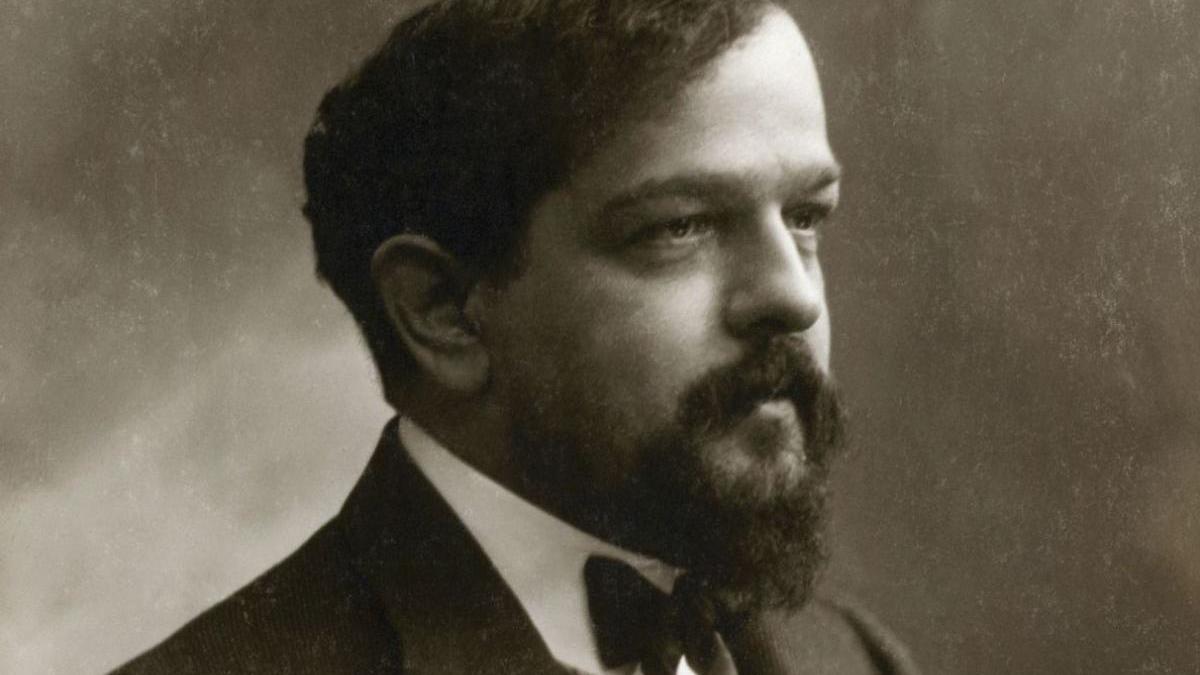Ives’s Three Quarter-Tone Pieces: Adventures in Microtonality
Quarter tones occupy the narrow spaces halfway between the pitches of the chromatic scale. In other words, they are approximately half as wide as a semitone. Venture into their colorful domain, and you arrive in a wild new microtonal universe which expands the expressive possibilities of tuning and tonal color. Traditional Persian music is filled with quarter tones. These intervals also can be found in numerous works by twentieth century composers. Charles Ives’ father, George, …







